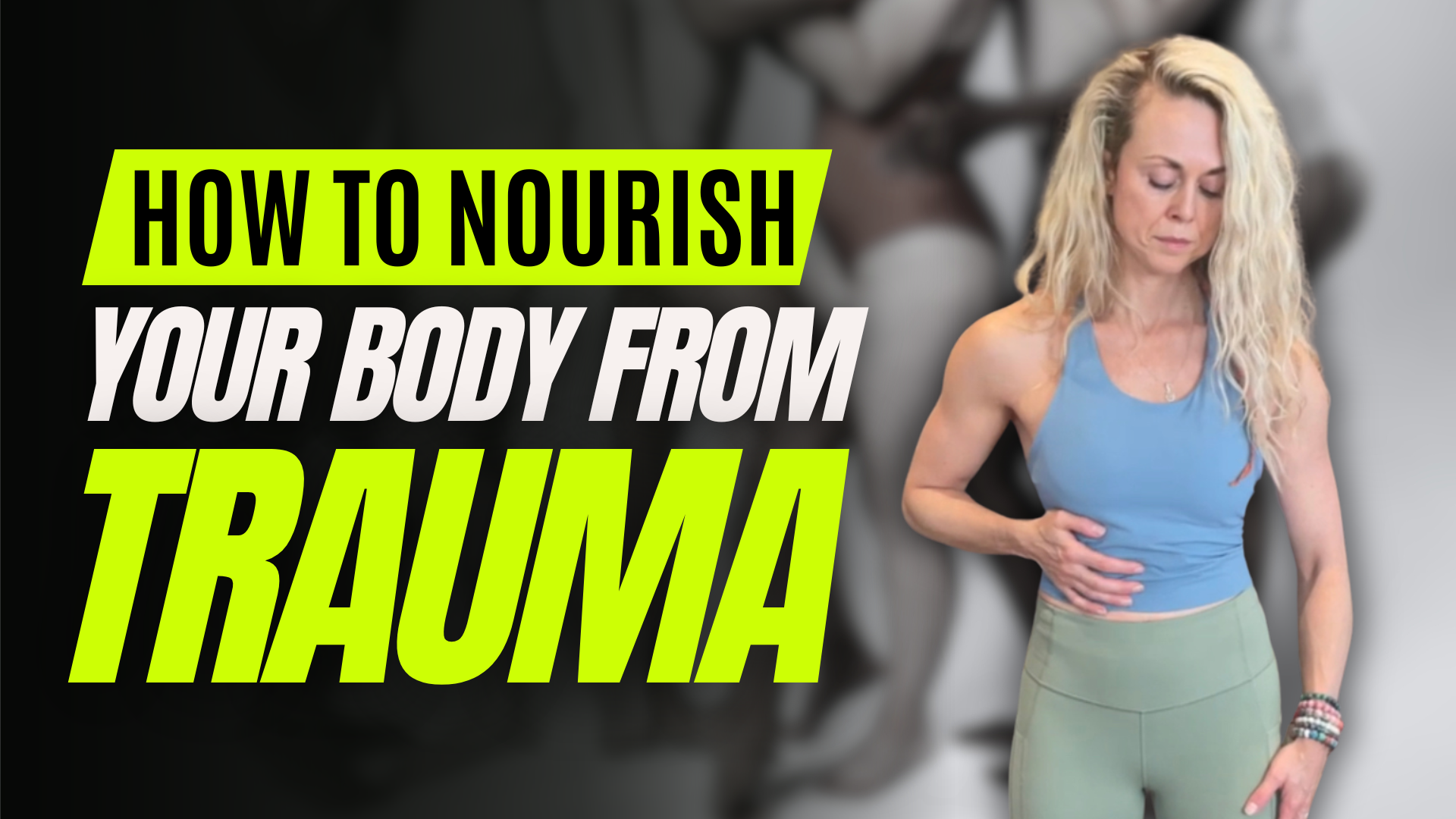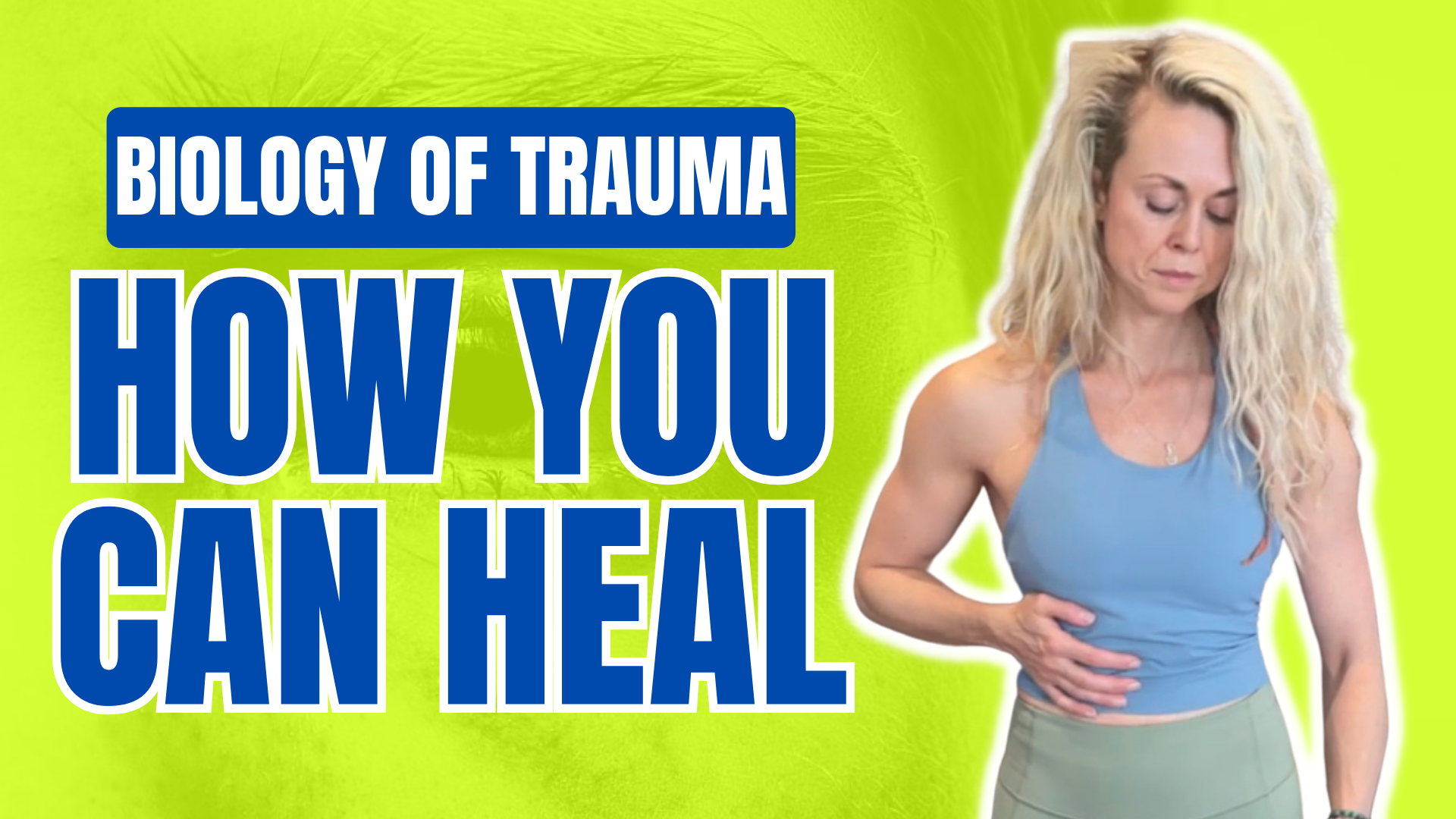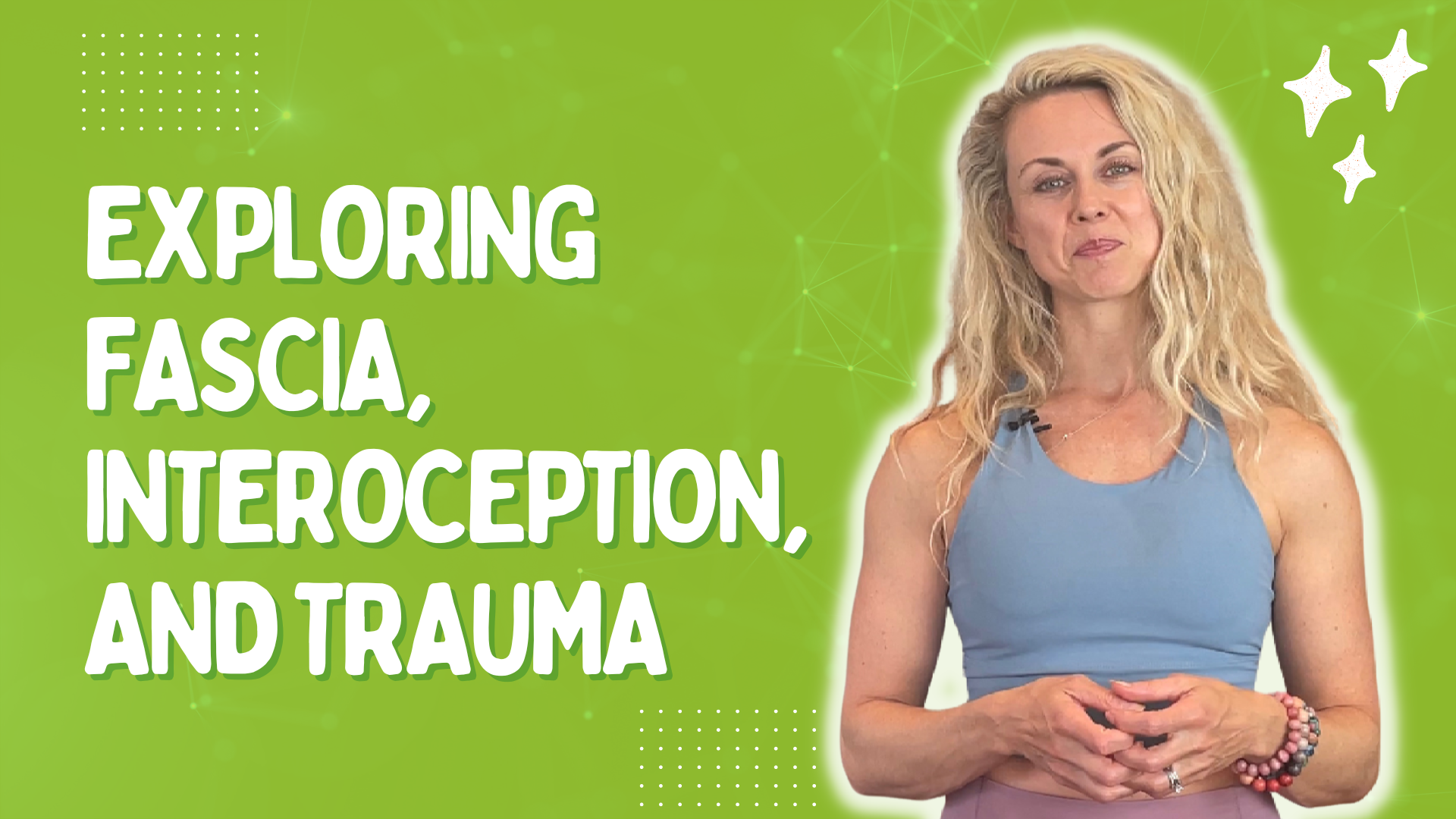Have you experienced trauma? Whether it was a specific childhood event, a recent experience, or an ongoing situation, you might be in therapy and practicing somatic techniques. You’re doing everything you can, but progress feels difficult. Dissociation, feeling stuck, or numbness might be present. You might even procrastinate because it all just feels so hard. You know what you should do, but taking action is incredibly challenging.
Today, we’ll discuss how to nourish your body after experiencing trauma. This topic is particularly important to me for several reasons. In my practice, I see many clients struggling with frustration. They know the right steps to take, but following through feels impossible. Despite therapy and professional support, they find it difficult to maintain progress.
Rather watch or listen?
Understanding Trauma
Trauma can affect us both physically and emotionally. It can leave us feeling stuck, numb, and overwhelmed. This is because trauma can deplete our resources, leaving us with nothing left to give.
This is where I find it to be really important to look at it through this functional medicine lens, but quite frankly, even on a more basic level, is looking at it from a physical perspective.
4 Ways to Nourish Your Body From Trauma
What do we need to do to nourish our body physically so that we can address the emotional component?
Water Intake
Often, when someone has experienced significant trauma and struggles with anxiety and depression, I begin by focusing on something simple: water intake. If they’re not drinking enough fluids throughout the day, getting them to drink adequately becomes our first step.
But there’s more to it than just water. True hydration involves electrolytes as well. Water carries nutrients to our brains, and if we’re constantly foggy or overwhelmed, it might be because we’re not getting enough water or proper hydration to our brains. Electrolytes help water reach the brain and deliver those essential nutrients. Without them, we become depleted.
Adding Protein
Protein plays a critical role in forming neurotransmitters like dopamine, serotonin, and GABA. These neurotransmitters help reduce feelings of fear and anxiety. Protein also supports hormone health and production. Therefore, getting enough protein and other nutrients in your diet is crucial for proper neurotransmitter and hormone production/conversion.
Inconsistent protein intake not only impacts brain function (feeding the brain), but can also decrease cravings for sugary carbohydrates. These carbohydrates can further disrupt your blood sugar levels. So, protein helps you feel fuller and maintain consistent energy levels throughout the day.
Meal Timing
Meal timing can vary depending on the individual, but for those recovering from trauma, I generally recommend eating every 3-4 hours. This helps to avoid blood sugar crashes, which can further stress an already overwhelmed system.
People who have experienced trauma often struggle to manage additional stress because their nervous system is compromised. We want to promote a state of resilience, where the nervous system can handle some fluctuations without becoming overly stressed. However, when dealing with the aftermath of trauma, even minor stressors like hunger or dehydration can be tipping points. Therefore, consistent meal timing (every 3-4 hours) and balanced meals are crucial for maintaining a healthy nervous system.
Nutrients
Once our basic needs are met, I like to take a holistic approach to nutrients. This allows for a deeper dive into what will make you truly thrive. The food we eat impacts every aspect of our biochemistry and how we function. It’s not just about survival; it’s about thriving.
By understanding how food affects everything from mood and energy to performance and beyond, you can appreciate the power of food to rebuild your body and support its natural healing ability. When you feed your body what it needs, you can see a real difference.
Key Takeaway
Once these basic needs are addressed and we take a systematic, step-by-step approach, your body will gradually start to feel better. This improvement translates to better input for your brain, as so much of how we function relies on sensory information. With better sensory information from your organs, you’ll experience improved interoception or a heightened awareness of yourself.
This improved state can make it much easier to connect with your therapist and discuss your challenges. You’ll be in a better position to utilize the strategies you’ve tried before, and hopefully, they’ll have a more significant impact now.
While we can eventually delve deeper into topics like inflammation, it’s crucial to start with the fundamentals. This is what I’ve repeatedly seen as most effective in my practice, and it’s why I wanted to emphasize it today.
Hopefully, you’ll have the opportunity to look at many of the vagus nerves and some somatic exercises that are on our website and YouTube channel. You can see how much of an impact they have on giving us a more regulated nervous system state.
If this was helpful, please give it a like, share it, and subscribe to our YouTube channel, the Movement Paradigm, for weekly tips on mindset, nutrition, and movement. Our goal is to help you live your best life, heal, transform, and, more importantly, thrive.
You can always join us in our app, the Movement Paradigm. We have lots of challenges every other month—everything from movement to the nervous system, nutrition, and so on. And we have a great community of people.
You can also reach out to us for an individual appointment as it relates to the physical pain that you might be having and any emotional issues that you’re dealing with, such as anxiety or depression. If you really want to get to the root cause, please reach out to us.
Other things that might interest you:



